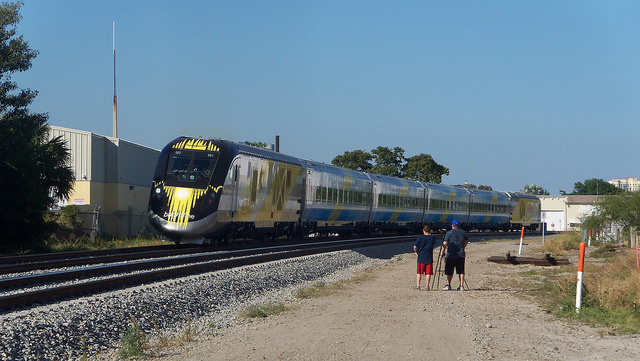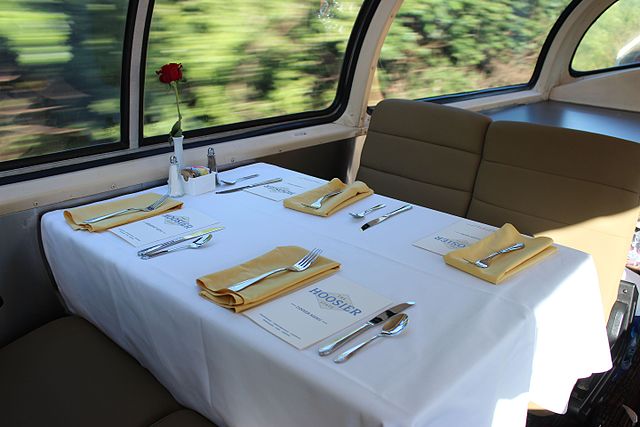Last year’s Moving Forward Act, which was passed by the House but not the Senate, would have included $29 billion for Amtrak over six years, about triple what Amtrak has been getting. As the Moving Forward Act proposed to spend about $1.5 trillion and Biden’s vague infrastructure plan is supposed to cost $3.0 trillion, some people assume that plan will include about $60 billion for Amtrak and high-speed rail.
That wouldn’t be enough to complete the California high-speed rail project, must less build a real national high-speed rail network. As I’ve noted before, the cost of such a network would be in the trillions. High-speed rail supporters hope to get projects going in a couple of states that will make members of Congress from other states demand high-speed rail money for their states or districts.
What will travelers get out of all this spending? The 328 million Americans in 2019 traveled almost 15,000 miles by automobile, 2,300 miles by commercial airliner, 164 miles by public transit (of which 50 miles is by bus), and 19 miles by Amtrak. The official number for all bus, including transit, intercity, charter, school, and so forth, is 1,100 miles per capita, but I suspect the real number is 400 (350 for non-transit buses). Walking and cycling are officially 100 and 26 miles, but this only includes trips that have destination such as work or shops; when recreation and exercise trips are included, they are probably at least double that. That brings total per capita travel to about 18,000 miles. Continue reading









